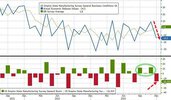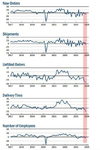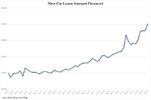Dona Ferentes
BHINNEKATUNGGAL IKA
- Joined
- 11 January 2016
- Posts
- 17,195
- Reactions
- 23,462
US publishes the daily cashflow of the Federal government, including outstanding debt. Total outstanding debt on the 12th May 2011 was $14,256 Billion.
twelve years on... August 22nd, 2023 , the grand total to $32.759 trillion
twelve years on... August 22nd, 2023 , the grand total to $32.759 trillion












